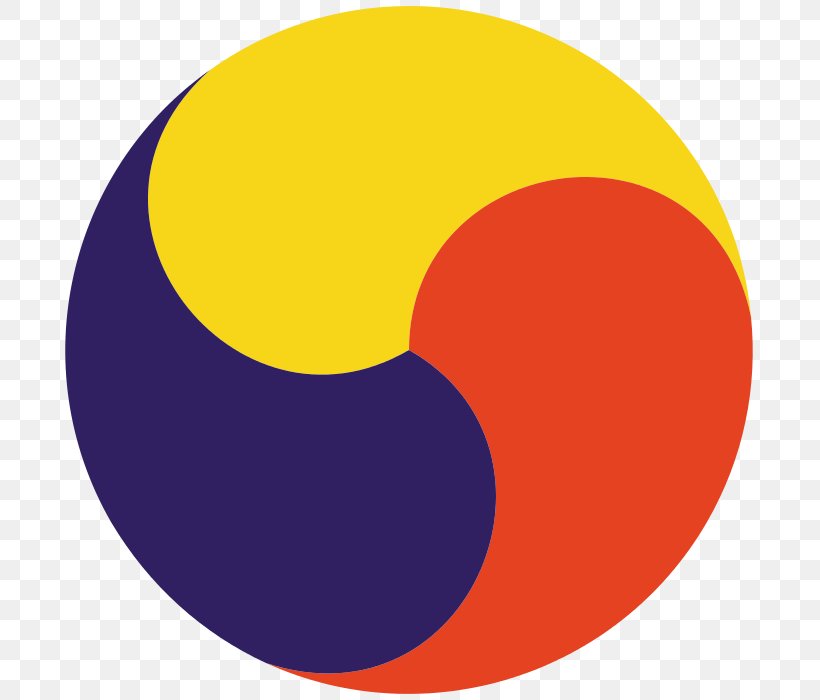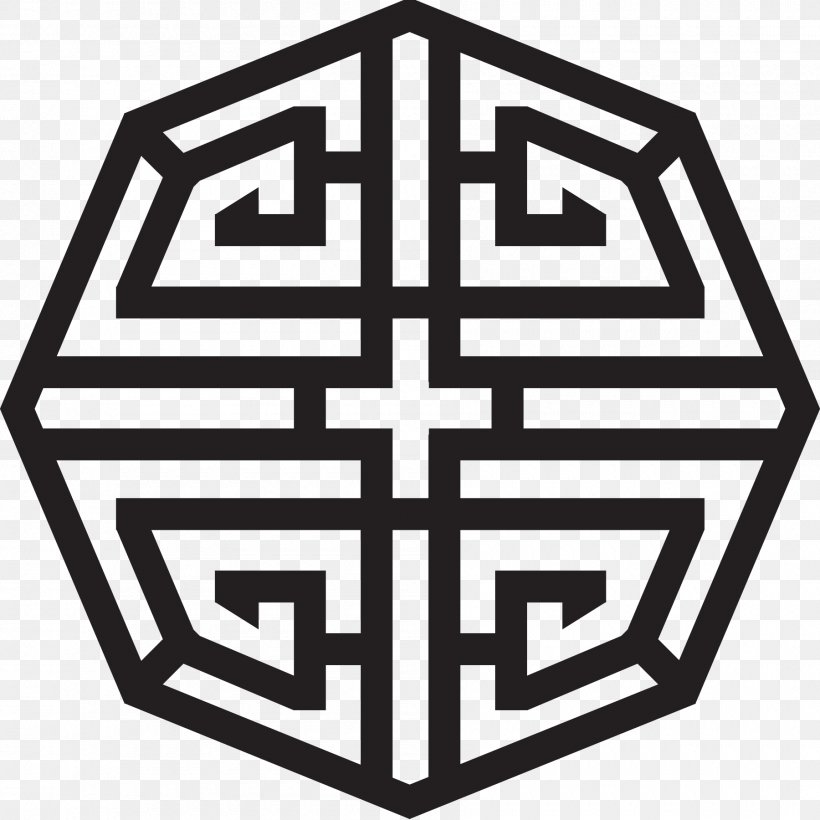Korean Culture Symbols Flat Icons Set 467131 Vector Art at Vecteezy
The national flower of Korea is the mugunghwa, rose of sharon. Unlike most flowers, mugunghwa is remarkably tenacious and able to withstand both blight and insects. The flower's symbolic significance stems from the Korean word mugung, meaning immortality. This word accurately reflects the enduring nature of Korean culture, and the.
Pin on Korea

The Korean alphabet (called "Hangul" in Korean) was developed by a team of scholars under King Se-jong (1397-1450) of the Yi Dynasty and is the most recently invented and most scientifically designed alphabet in the world. "Hangul" has only 21 vowel/vowel combinations and 19 consonants, 5 of which are the same symbol repeated twice and 5 of.
Imperial emblem of Korean empire Корейская ИмперияВикипедия in 2021

Introduction I'm sure you've seen the Manja - 만자 several times when you've visited a Korean Buddhist temple. In the West, this symbol is known as a swastika, and it has a more ominous meaning to it, unfortunately. It's now come to be synonymous with Nazism, Hitler, and the Third Reich. However, while the Nazi use of the swastika stands for racism and hatred, the Buddhist idea of.
Korean Finger Heart I Love You Vector Korean Symbol Hand Heart, A

Korean symbols. Sometimes, the Hangul letters may be referred to as symbols. However, it's easier to think of them as characters or letters. One common Korean symbol is the ₩ for the Korean won, which is the currency in South Korea. Korean Speakers Worldwide. There are about 77 million Korean speakers worldwide.
Chinese traditional circle symbol japanese korean Vector Image

Korean symbols, from hand gestures to ancient emblems, form a vibrant tapestry that tells the story of a culture steeped in tradition and meaning. The love gesture, with its universal resonance, serves as a poignant reminder of the power of love to connect us all. Join us on this journey of discovery, and let's celebrate the beauty of Korean.
korean symbol More Tiger Drawing, Tiger Art, Simple Tattoo Designs

Since we have a lot of ground to cover, let us dive straight into the symbols of colors reflected in traditional Korean culture. Use of colors in Korean history. Traditional Korean color symbolism was governed mainly by the different dynasties and era. Of particular importance is the Joseon Dynasty, which lasted for five centuries, from 1392 to.
Korean Symbol Clipart Full Size Clipart (2044690) PinClipart

The most common Japanese term for the V sign is "peace sign" or "piece sign.". It spread through countercultures and anti-Vietnam war protests in the 1960s, so the pacifist connotation prevails. In Korea, the victory, cheerfulness, and pop culture associations around the sign overshadow its peace origins.
Traditional oriental korean symmetrical zen symbol

Koreans cherish the national flower because it honors the country's noble spirit and symbolizes the many successes as well as tribulations that the nation has experienced. Mugunghwa varieties are grouped based on the colors of their blossoms. The groups are dansim, baedal, and asadal. Dansim : White, red, purple, or blue flower with intense.
South Korea Symbol Korean Art, PNG, 700x700px, South Korea, Art, Flag

This Korean symbol represents the five fortunes in life - longevity, wealth, health, love of virtue, and natural death. 9. Double Hee. This korean symbols expresses the wishes for a husband and wife to enjoy a happy marriage and you can find this usually at wedding ceremonies. In a broader sense, the meaning of the Double Hee symbols extends.
South Korea Korean Symbol, PNG, 1800x1800px, South Korea, Area, Black

The national flag of the Republic of Korea, also known as the Taegeukgi (also spelled as Taegukgi, lit. 'Taiji flag'), has three parts: a white rectangular background, a red and blue Taegeuk in its center, accompanied by four black trigrams, one in each corner.Flags similar to the current Taegeukgi were used as the national flag of Korea by the Joseon dynasty, the Korean Empire, as well as the.
South korea icons set korean traditional symbols Vector Image
Meaning. The emblem features the Korean letters for "Seoul" in the shape of a mountain, the Sun, and the Hangang (River), with the general design depicting the figure of a joyful human being, thus representing Seoul as a human-oriented city. Encompassing images of nature, humanity, and the city, the green mountain signifies respect for the.
Korean Symbols Clipart Best Flag Of Korean Empire Png Download

In conclusion, the Korean dragon is prominent in Korean culture as a symbol of power, wisdom, and benevolence. Its roots in ancient mythology, artistic representations, and cultural significance have firmly entrenched the dragon in the hearts of the Korean people.
Family Symbol, Family Crest, Korea Tattoo, How To Drow, Circle Symbol

The use of periods in the Korean language seems largely similar to how it's used in other languages, too. Period in Korean. The Korean word for the punctuation mark "period" is 마침표 (machimpyo). Commas (,) A comma is used in multiple instances in Korean, in similar ways to many other languages.
Know Your Symbols in Korean Learn Korean with Fun & Colorful

The most commonly used patterns in Korean traditional symbols are the longevity (壽) and fortune (福) design. The desire to live long and be blessed is the most original wish. Wooden Rice Cake Molds (Korea, 19th century) by Unknown Sookmyung Women's University Museum. These are molds to make rice cakes.
National symbols of South Korea Health Korean, symbol, angle, culture

Blue is one of Korea's five Obangsaek or traditional colors. Red, yellow, white, and black is among the other colors. Blue represents water and frost but it also symbolizes peace. The Goryeo period's super-rich Koreans flaunted their wealth by laying their roofs with expensive ceramic blue (more greenish-blue) tiles.
South korea symbols set of icons traditional Vector Image
The national symbols of South Korea are official and unofficial flags, icons, or cultural expressions that are emblematic, representative, or otherwise characteristic of South Korea (the Republic of Korea) and of its culture. Since the division of the Korean peninsula in 1948, South Korea has retained traditional symbols to distinguish from the national symbols of North Korea.